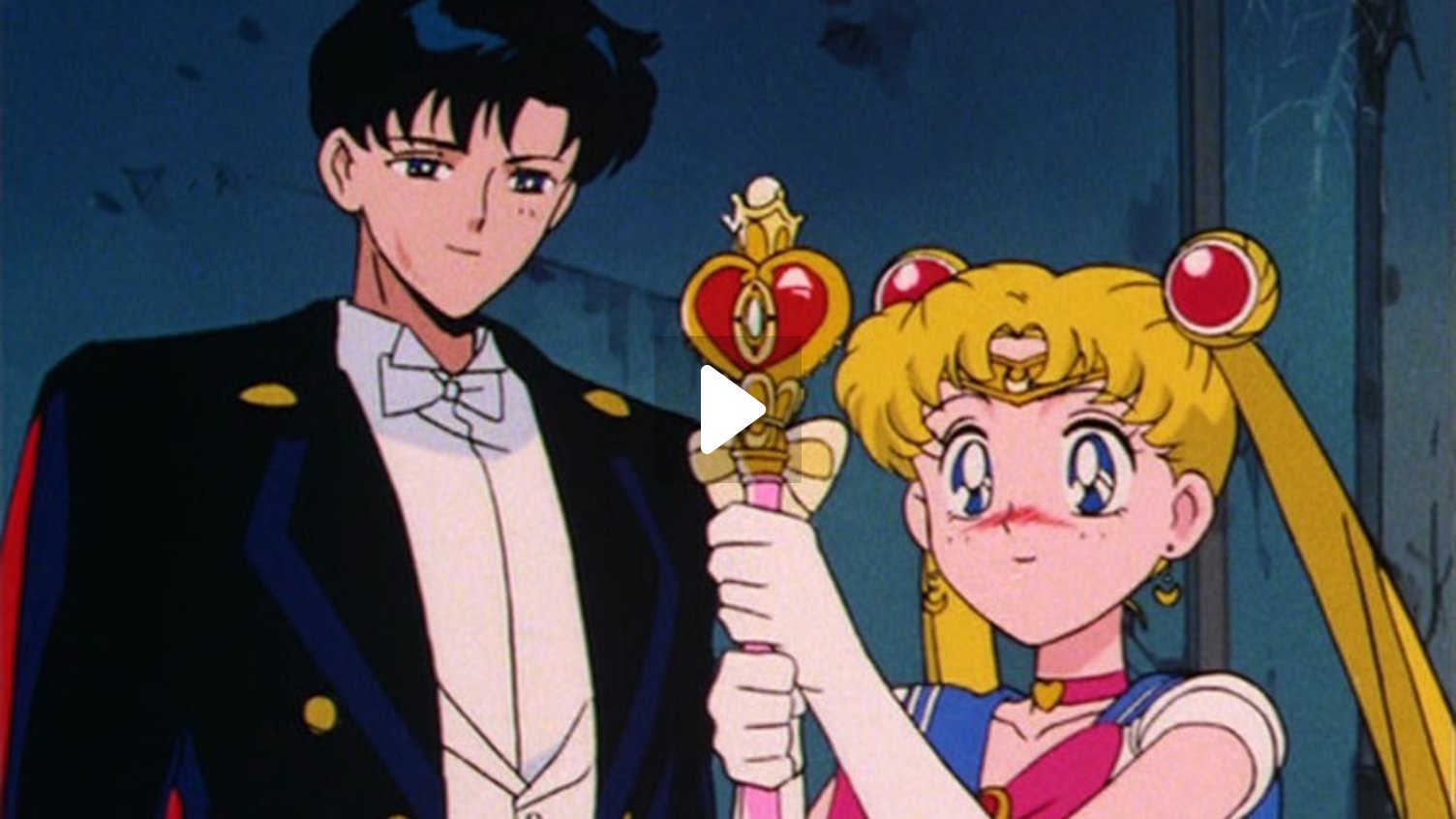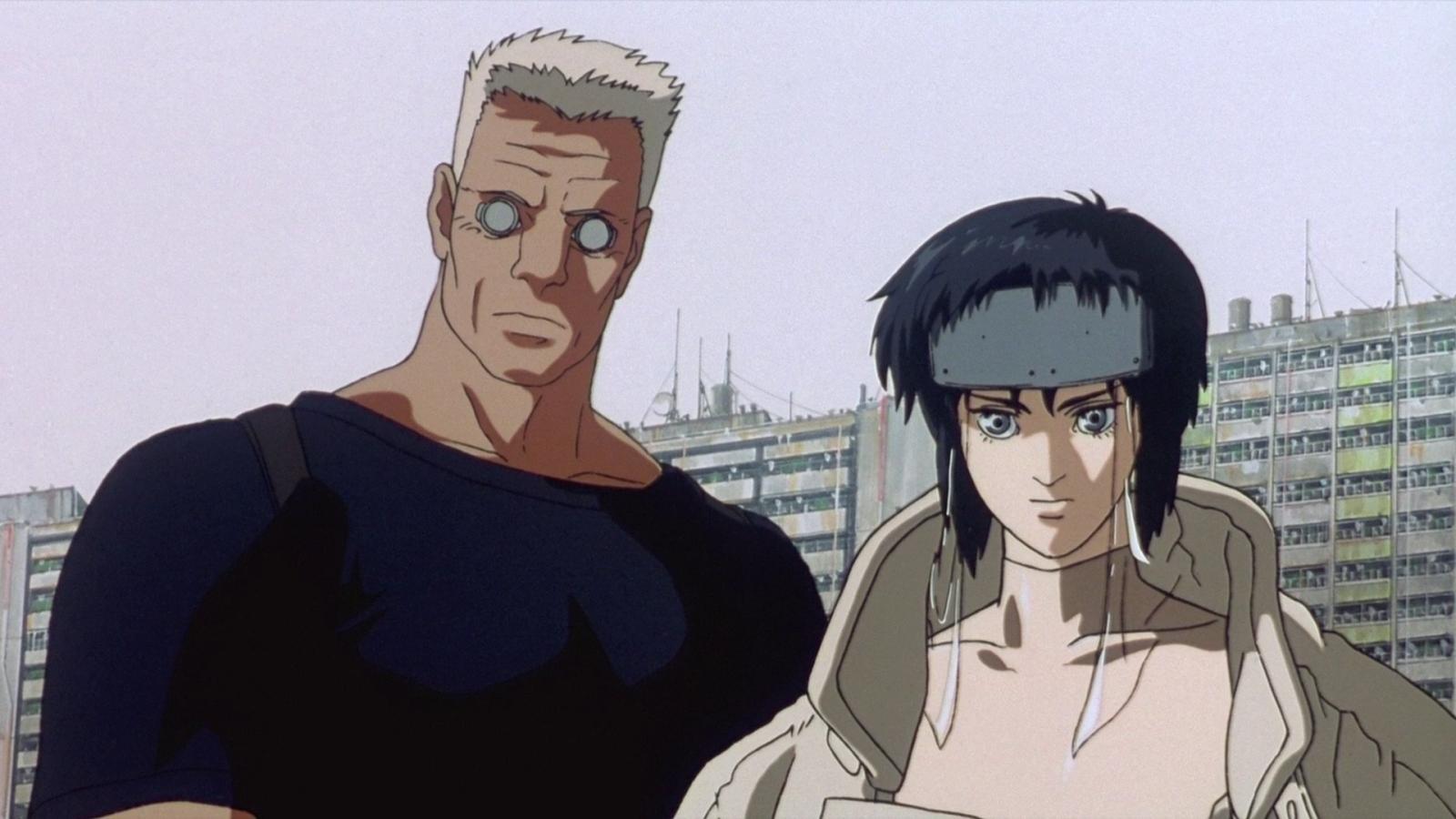Truly iconic shows.
Thanks to technological advances and copyright negotiations, anime reaches Western countries now much faster than it did a few decades back, and with less alteration. But without the shows that went through the massacre that the censorship and legal battles and network specifics created in the 90s, we wouldn't have had simulcasted shows currently with the proper subtitles and actually decent dubs.
So it's time to honor those who brought the joy of Japanese animation to the broader Western audience. And yes, it may look like another list of the most influential anime series of all time, but here the influence comes from the simple economics.
The series in this list were picked up by a huge cartoon network in the US and broadcast widely. Kids who watched Saturday morning cartoons didn't know the difference between American and Japanese ones, so they just gulped whatever was shown to them.
Who would've known that years later some of us will grow up into journalists who'll gush over the shows that we diligently watched over breakfast when we were tiny?
Yet without these shows, without the networks deciding that these specific topics and these characters would be interesting to the local audience and would bring a lot of money in the shape of merchandise and licensing goods, anime would probably start its Western expansion much later and the current landscape would be different. Mere years ago there weren't many streaming services allowing you to watch anime legally. Even now there are shows that are still not licensed in Western countries.
But the landscape has changed, both from the legal point of view and from the technological, too. Streaming services allow us to enjoy the newest shows on our huge TVs as easily as some live-action series, making them accessible to a wider audience.
Huge Western networks are funding the production of anime series for their audience, paying renowned Japanese studios to do so.
Anime became mainstream, and these shows that went through severe butchering yet still brought so much joy to those who were able to witness their release, are the reason we can now watch Shibuya Arc of Jujutsu Kaisen at the same time as the Japanese audience. So be thankful!
Sailor Moon

This series was licensed by DiC in 1995 and broadcast as a part of a SatAM TV slot, the most popular for cartoons. The show was significantly changed and censored, as the production company decided that a thorough "westernization" would make it more appealing to the audiences. The American version of Sailor Moon featured, for example, flipped scenes with traffic so kids wouldn't be puzzled by the cars driving on the right side of the road, or had dialogues changed and stripped of lesser-known references to Japanese lifestyle and culture. Still, the show became successful: cute girls in cute outfits fighting the bad guys and exploring friendship and hardships of daily life were perfect for the audience it was targeted at. The less censored version was later aired on Cartoon Networks' block Toonami in 1998.
Dragon Ball Z
(2).jpg)
Another show that was airing in a Saturday morning slot, Dragon Ball Z was licensed by Funimation in 1996, following in the steps of the original Dragon Ball that Funimation released in 1995 but canceled after the first season due to low ratings. Dragon Ball Z, however, became a huge success. The "westernization" of this show included not only the adapted dub but also a different score and went through serious censorship that tried to make the show more kid-friendly and skimp over more heavy themes, which resulted in the run shortening from 67 episodes to 53.
The initial release, however, was fumbled despite the good ratings due to the legal issues with Saban Entertainment that syndicated the series on television.
In 1998 it was picked up by Cartoon Network which ordered the release of more episodes from Funimation and cemented the show's success, considering that the new episodes were less censored as the rules of the network weren't as strict as before. Together with Sailor Moon, the show was moved to the evening block and reached an even wider audience. Alongside these shows, Voltron, Robotech, and Ronin Warriors were also rereleased with fewer alterations.
Pokémon

Despite being a mixed-media franchise that started as a video game series, Pokémon gained its popularity in the West because of the anime. It was initially licensed in the US by 4Kids Entertainment and started airing on TV in 1998, twenty days before the first Pokémon game was released on the US market. The anime was a part of the Kids' WB block on the WB Television network after the initial 43-episode run on the 4Kids channel. The success of the series was aided by the video games and trading cards that flooded the American market.
Ghost in the Shell

Syfy in the 90s decided to air a lot of experimental and questionable works during the late hours of its programming, and one such release was the Ghost in the Shell movie, though initially it was released on VHS in 1996, and it became the first Japanese movie to top the Billboard video sales chart due to more than 200,000 copies being sold. In the States alone the VHS sales amassed a whopping 1 million units — more than anywhere in the world, considering the worldwide sales of 1,6 million.
Neon Genesis Evangelion
(5).jpg)
The uncut version of the show was released on VHS in 1996 on thirteen tapes, each containing two episodes. The films End of Evangelion and Evangelion: Death and Rebirth followed in 2002. The show was targeted at the older audience and received critical acclaim internationally for delving deep into the mythology, deconstructing the genre of mecha, and dealing with psychological trauma. Its release wasn't subjected to censorship, so American viewers were able to enjoy the show in its former glory. To many Neon Genesis Evangelion was the first mecha anime they encountered, and this love was solidified by the release of Gundam Wing in 2000.

